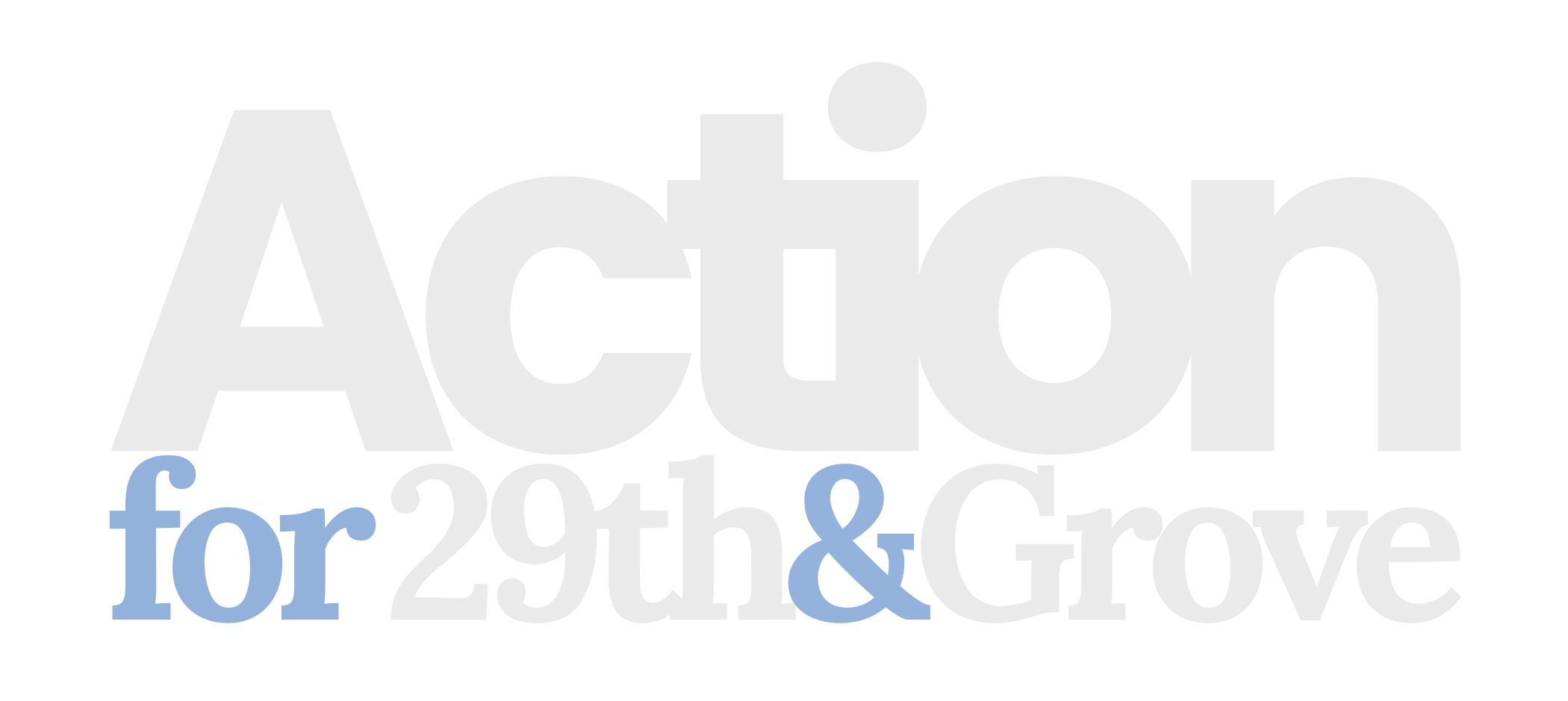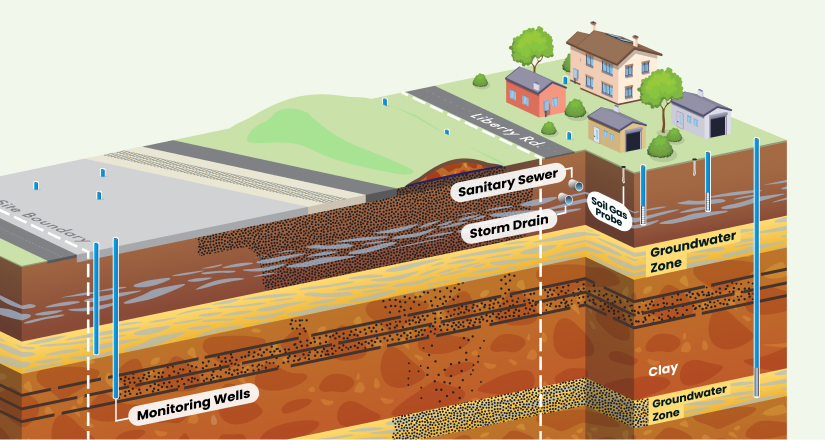Understanding Vapor Intrusion
What is vapor intrusion?
Vapor intrusion can occur when chemicals underground transform into gases and travel through the ground, potentially into buildings. Cracks in foundations and other openings, like plumbing lines and sumps in a basement or crawl space, can allow these vapors to enter a house and affect indoor air quality. When indoor air quality does not meet the Kansas Department of Health and Environment’s (KDHE) standards, mitigation is needed to reduce vapor intrusion.
How is vapor intrusion mitigated (prevented or reduced)?
Short-term actions include installing air purifying units and sealing cracks in the floor and around plumbing or electrical piping that could allow vapors into the building. Many homes have a sump and/or sump pump to keep the basement or crawl space dry. The top of the sump can be sealed to prevent vapors from flowing. Long-term actions include installing an active vapor ventilation system with a fan and piping to vent vapors from under the home. Like a radon mitigation system, it stops vapors from entering indoor living areas. For buildings with a crawl space, a plastic vapor barrier is installed by laying a durable plastic sheet directly over the soil and sealing it tightly along the edges. The vapors underneath are then either vented or vacuumed out and exhausted directly to the outside.
How is vapor mitigation handled?
Union Pacific’s contractor Arcadis will handle the mitigation work with oversight by the KDHE. The time it takes to complete the mitigation work can vary from 1 to 5 days. Several factors influence this timeframe, including the size of your house and the way it’s built. For example, homes with unfinished basements or those equipped with a sump pump might take a bit longer.
Mitigation techniques will vary depending on test results. Each approach will be tailored to address the issues detected in your home.
Sealing Cracks and Openings: This method involves finding and closing any cracks or small openings in your home’s floors, walls, and foundation. The goal is blocking vapors or gases from entering living spaces.
Installing an Air Purifying System: This involves setting up a system in your home that cleans the air. It works by pulling in your indoor air, filtering out pollutants and any unwanted particles, and then releasing cleaner air back into the room. It’s similar to having a very advanced fan that makes the air healthier to breathe.
Installing a Sub-Slab Depressurization System: This is a specialized technique used primarily when there are gases coming from the ground beneath a building. A pipe system is installed under the foundation which sucks up vapors and releases them outside. Think of it as a vacuum system under your house that targets vapors.

